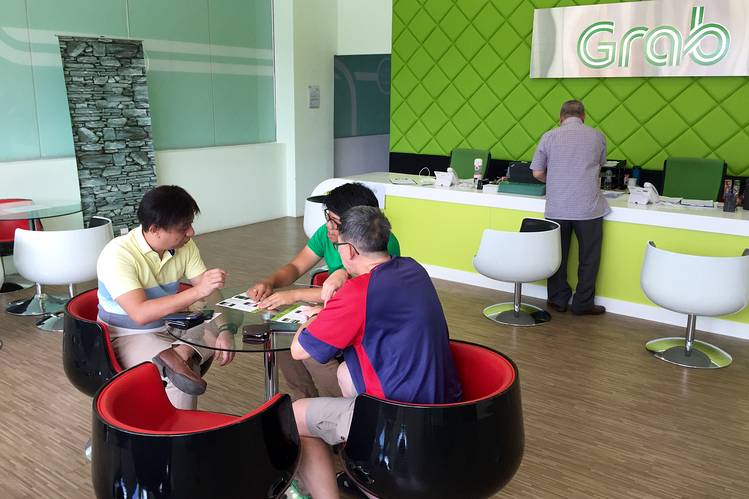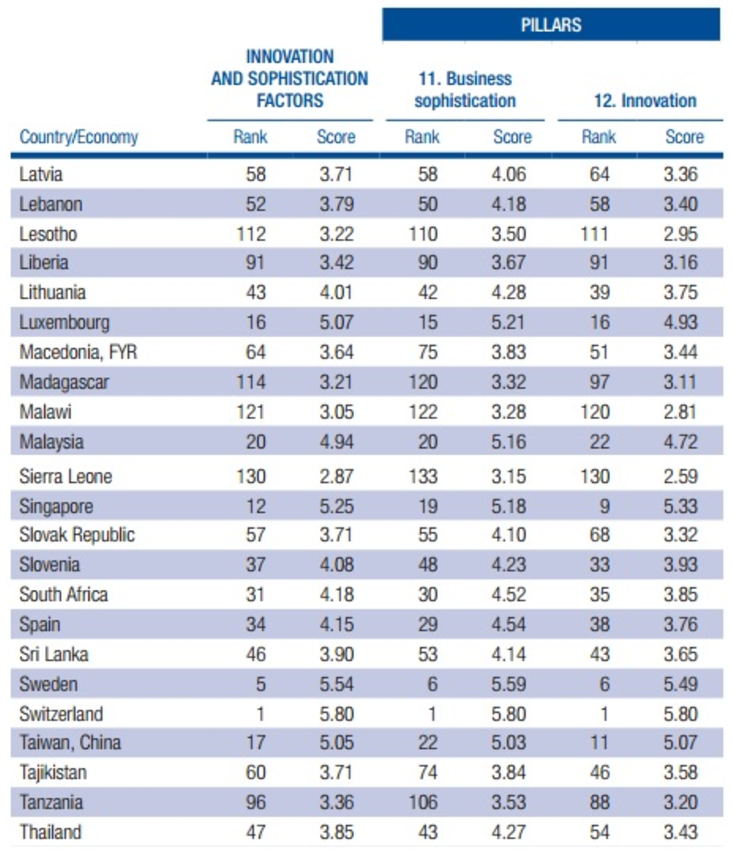See Pin and Michael are just like any other couple who enjoy spending as much time as possible together, but their passion for chocolates was what led them into their next adventure together.
Chocolates are after all, associated with romance, but their love for the sweet delicacy took another avenue. They were curious about how to handmake good ones without needing to use anything other than natural ingredients.
So after a few trials and tests, the couple came up with Cocoraw which represents their very own brand of handmade chocolates.
Couples that cook together, stay together
Wanting to incorporate their image into the core of their business, the couple decided on the name Cocoraw as the title of their enterprise.
"We chose Cocoraw mainly because of 2 simple points. 'Coco' is short for cocoa and 'raw' roughly translates to the word fresh in Japanese. This indicates the nature of chocolates that we do-fresh soft chocolate ganache. In a broader sense, it also represents our approach in ensuring most of our products are free from artificial additives or preservatives," said Michael to Vulcan Post.
See Pin grew fond of the idea on building something from their love for chocolates. The positive reaction she received from her family and friends who had sampled their delicacies further fueled her drive to pursue it.
Michael took a little longer to get on board and even showed skepticism to the idea initially. But after they ventured into the flea market and bazaar market space, he became convinced after seeing the response.
Currently, they have decided to pursue it full time, despite having no background in the F&B industry. Both of them came from careers in media planning and technology consulting but decided it was alright to leave to focus on building their chocolate brand.
Chocolates with a local twist
The chocolate truffles offered by Cocoraw come in a few classic flavours such as The Raw 70 which is their signature dark chocolate option for those pure chocolate fanatics.
For those with a sweeter tooth, they provide The Milk, milk chocolate truffles with subtle caramel nuances. The SGM is one of their more unique ones which combines dark chocolate with salted gula Melaka.
Occasionally, Cocoraw comes out with specials that are only available for a certain period. Some of them include The Ipoh White Coffee which blends their signature chocolate with the famous coffee beans from Ipoh, The Alcoholic Anonymous are for those wanting a bit of an alcoholic kick with their dark chocolates, and The Green Thing, matcha-infused dark chocolate truffles.
Michael mentioned that the couple try their best to come out with a new flavour every 2 months to keep options fresh and interesting. He also added that the crowd favourites so far would be The Raw 70 along with The SGM.
The pricing of these chocolates range between RM30 to RM35 (S$9.65 to S$11.25) per box. At the moment, their main channel of distribution is via their website but they also do limited distribution to MilkCow softserve outlets and Kingstreet Cafe, with plans in the future for more distribution channels.
The art of chocolate making
So how does one even begin to make these chocolates?
Micheal gave us some insight on how he and his partner work behind the kitchen counter. The chocolate truffles and various other products sold by them are completely handmade.
The chocolate base utilises commercial quality chocolate couvertures (which are made with pure cocoa mass and cocoa butter instead of compound chocolates that consists of cocoa mass and some form of vegetable oil).
The overall process consists of 6 main steps: preparation, melting down the chocolate couvertures, infusing the cream, folding the cream, moulding and setting, and finally hand-cutting and packing.
A full box of chocolate truffles takes approximately 20 minutes for the couple to produce, not including the time taken for the chocolate to set in the chiller.
The couple use an imported chocolate base and dairy cream for their truffles but most of the ingredients used to complement the chocolates are sourced locally.
"For example, we source our gula Melaka from Melaka and our roasted coffee grounds from Ipoh. At one point of time, we had a pandan infused chocolates using pandan leaves from our own garden. In the future, we hope to be able to work with a local cocoa producer and maybe even local dairy producers to be a lot more sustainable," said Michael.
As to how long they can be kept before consumption, Michael said, "They last approximately 2 weeks in a typical home fridge but we recommend that they be consumed within a week as they contain no preservatives."
The process requires a level of skills which the couple learned by themselves and via old school experimenting, which gives them more leeway to experiment with various flavours.
"We are not professionally-trained although there is a possibility one of us will go for some formal learning to equip ourselves with the finer details of the industry," shared Michael.
Delicious within budget
Fans of decadent chocolate truffles will be no stranger to the name Royce Chocolates, a well-known brand hailing all the way from Japan, and their best-selling Nama chocolates. It has been reviewed by food critics as one of the most decadent chocolate treats with its soft texture and rich taste.
But these sweets do not come cheap, hence why it's seen as more of a luxury treat.
Due to the similarity in certain aspects, we couldn't help wonder if Cocoraw was any way inspired by Royce when it came to bringing the concept to life.
Michael admitted that due to Royce sparking off the Nama chocolate craze, the couple did take the popular brand as inspiration to create their own.
"Besides the style of truffles, we have an entirely different approach to the brand and product. We have a simple and minimalist take on our brand and products. We like the 'raw' look if you must, over elaborate designs," said Michael.
Although it is a true delight to have their products compared to Royce, Michael stated that their incorporation of local flavours differentiates them from other international brands and can appeal to the Malaysian community more.
He believes that those who are already fans of Royce chocolates would be inclined to test out Cocoraw because of how they're able to deliver quality truffles with a range of unique flavours handmade in small batches for the Malaysian palate.
Michael sees this prevalance of homemade and handmade goods as a good omen for things to come as that is a clear indicator of a growing acceptance towards products made locally.
The couple have come a long way from their earlier days of selling 24 boxes of chocolates in 6 hours with slow traffic. They hope to scale their business better to cope with larger orders.
"We would like to scale the business just a little bit better to cope with larger orders in the next 6 months and we envision a new product line using locally-sourced cocoa in the not-too-distant future. We are also looking for creative spaces to set up a popup store for a short duration," said Michael.
Vulcan Post is all about living life with a digital edge, up and coming startups, and people who inspire conversations.
Visit Vulcan Post for more stories.





































































































































































































































































































































































































































































